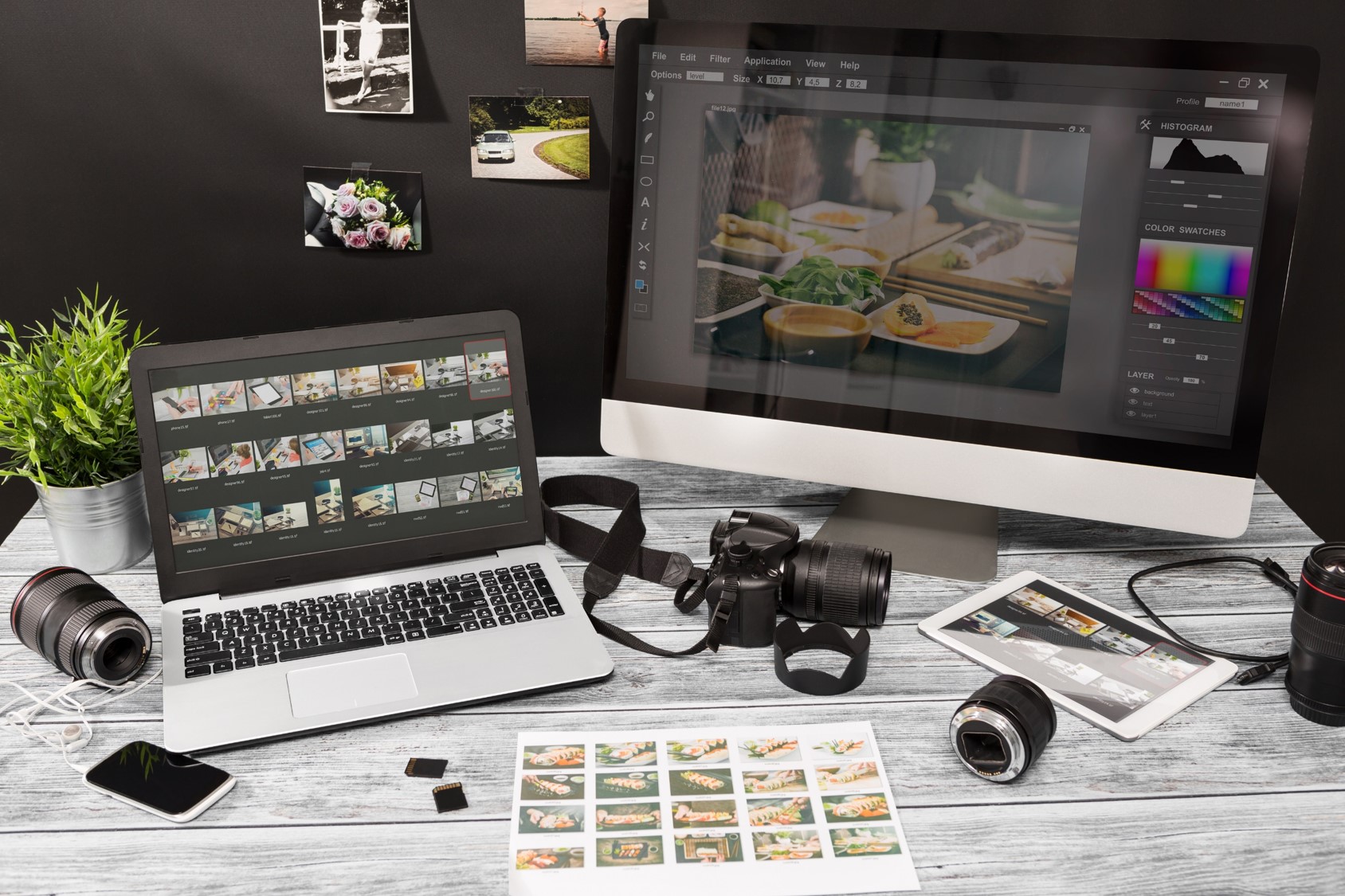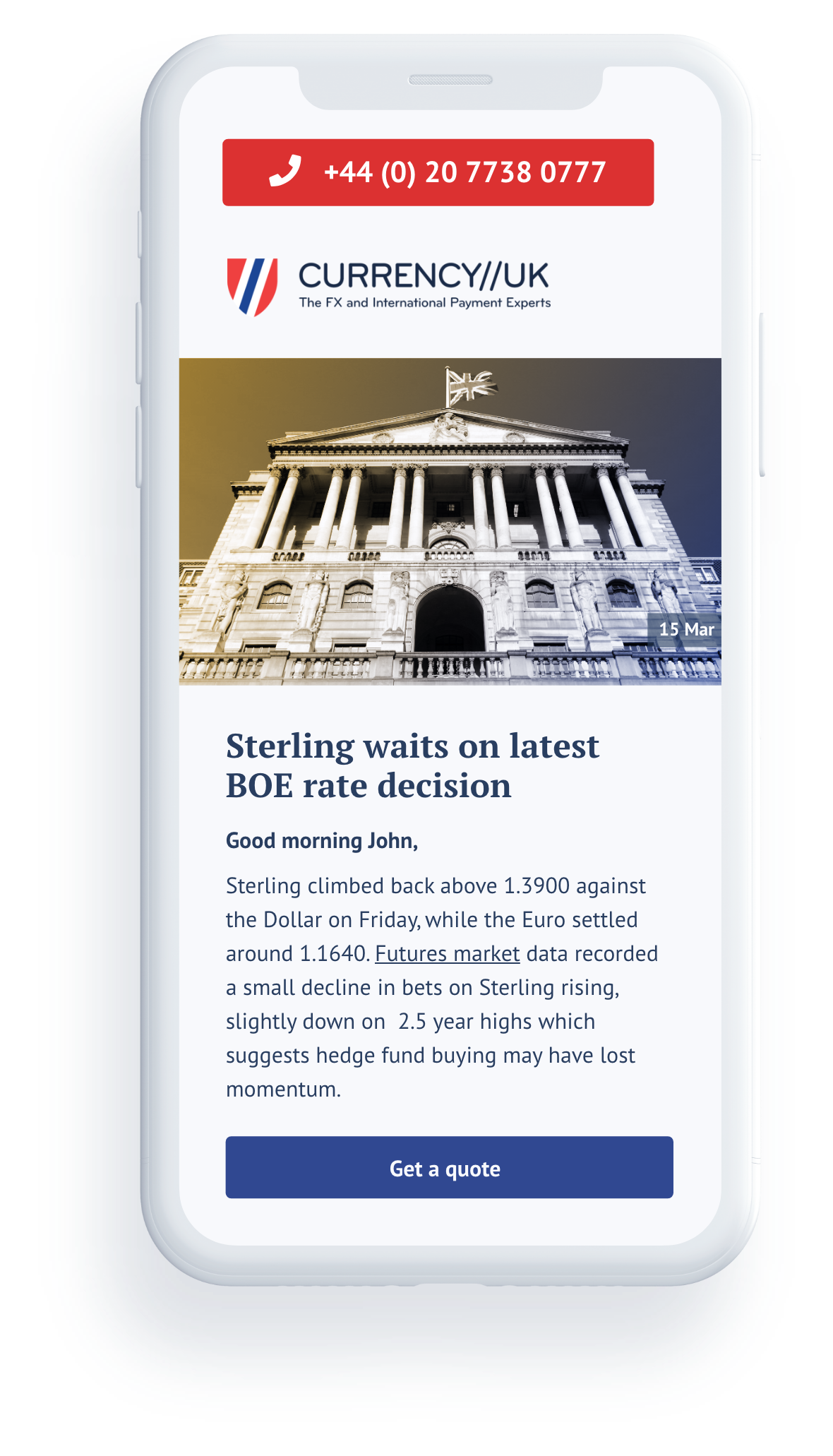Multi-currency budgets in the creative industries

Budgeting is never easy, even in just one currency. When you throw in two, three, or even four currencies, plus the volatile foreign exchange market, budgeting can be a nightmare. This goes for all industries, but the creative industries, in particular, aren’t discussed very much and are quite unique in how they operate. We’re going to shed some light on the topic.
Almost all of the projects worked on in the creative industries will involve foreign currencies, so it’s an incredibly important area to be aware of.
The ‘creative industries’ is a broad term and includes a wide range of entities, from individuals who are freelancing through to big advertising firms and media suppliers, and so on, but the topics discussed are applicable regardless of where you fall on the payment hierarchy.
Payment hierarchy
A payment hierarchy is basically the chain of companies involved in a given project. The illustration/diagram below is an example of a typical payment hierarchy on a project in advertising. It is by no means definitive, it’s just to give some context to the following discussion.

The ultimate client, for whom the job is done, is at the top and sets the budget for the entire job and, by extension, all parties involved. This client could be a huge, multinational company who will employ a creative agency to perform the job. The creative agency will, in turn, hire a production company and speak to agencies. The production company may hire particular producers or location managers, who will, in turn, hire crew/talent/photographers etc to actually carry out the job (a photo shoot, for example).
We can see here the ‘trickle-down’ of the budgets and payments that will occur to get the ultimate job completed.
Distinctive issues within advertising
We take ‘advertising’ as the example, but these issues are pretty standard across all project-based jobs in the creative industries.
Flexible payment terms are the norm, and those at the lower end of the hierarchy often ‘get paid when they get paid’. This is due to the flexible nature of creative projects, as well as the large number of entities involved in the hierarchy – it takes time for money to trickle down.
Also, partial advances are common, often to mitigate the above. These may be called ‘pre-production costs’ in the industry, and serve to perhaps pay for equipment to be used or travel for a production crew, for example.
Budget changes and additions are almost certain and to be expected. A project may overrun, for instance, a photo shoot may be delayed due to weather, or there may be technical issues, or perhaps the brief may be changed part-way through the project. This can incur significant changes in constant over the duration of a particular job.
Similar to the above, ‘pass-on costs’ are often an afterthought. ‘Pass-on costs’ is the term we’re using to describe costs that aren’t obviously assigned to any particular entity, but will, of course, be billed to the ultimate client at the end. This may include agency travel, accommodation, and even media spend. Costs such as these, while not billed to a particular entity, will have to pass through the hierarchy, and therefore must be accounted for in a budget and will have a direct impact on their budget if foreign currency is involved.
All the above circumstances are quite particular to the creative industries, especially advertising, and can cause problems from a budget and foreign exchange standpoint.
Big swings
You may hear talk of ‘currency swings’ or ‘exchange rate volatility’, but what does that actually mean, and how relevant is that to someone budgeting for project-based jobs in the creative industries?
The table below gives an idea of how often ‘big’ swings occur each year and gives some perspective of just how important and relevant they are to someone working with multiple currencies.
To take an example, the GBPBRL (British Pound to Brazilian Real) rate moved by 5% or more 5 times over the course of 2017. If you’re working in Brazil for a few months and several 5% swings occur, this can have a huge effect on your profit margin.

A case study
A small production company filming an advert in Norway for a British brand. The company have a profit margin of 10% for this project.
They’re given a budget of £100,000 to spend on equipment, accommodation, talent, transport, rent etc. The cost of these things equalled £90,000, with the remaining £10,000 being their profit.
A swing of 10% in GBPNOK could mean they now need to pay £99,000 for their supplies etc, cutting their profits from £10,000 to £1,000.
Over a shoot lasting between 3 and six months, which is very common, a 10% swing is not unusual by any means.
Basic hedging lessons
We’ve discussed the problems and potential threats that arise in this industry; now we’ve come to the ‘solution’ part. The way to mitigate your currency risk and minimise your chance of losing out to exchange rate volatility is hedging. Here are some questions to ask yourself when budgeting for and embarking on projects abroad:
- What is your base currency? What currency do you want to end up with? (usually, your home currency)
- What other currencies do/will you deal with?
- Recognise that changes in the value of currencies you deal with directly affect your profit
- Over what time period do you expect to be paid or pay out?
- How often do you re-evaluate the impact of rate movements on your budgets?
- What is your gross margin? Looking at this and looking at currency swings will help show you just how important currency management is
- Are you considering your cashflow?
- Do you have the option of billing in a different currency? Are you a currency taker or currency maker™?
To elaborate on the ‘currency maker’/‘currency taker’ point; if you are able to set the currency you pay/receive in you are a ‘currency maker’. If not, you are a ‘currency taker’ and you must take whatever currency is set by the other entities you’re working with. If you find yourself in a situation where you are a ‘currency maker’, we strongly recommend avoiding foreign currencies altogether by dictating your own currency. It sounds obvious, and it is, but the only way to fully protect against exchange rate volatility is to avoid using foreign currencies entirely.
Of course, there is a commerciality aspect here. You don’t want to seem stubborn and difficult to work with by demanding you only deal in your own currency, but if you do get the opportunity, we recommend at least posing the question.
Flexible forward contracts
Now we’ve clarified the questions you should be asking, let’s take a look at some actual steps you need to be taking.
Start at the very beginning. Build a currency margin into your initial estimate. Even though it’s likely to change, as we’ve discussed previously, it’s important to start early. It makes commercial sense that all parties do this wherever possible.
An easy way to do that is to give a currency expert a call. If you detail the nature of your project, your rough budget, and the rough duration of it, a currency expert will be able to give you some live rates and give you a sense of the market. This is crucially important for the accuracy of your budget. Add a margin of approximately 2-4% and this gives you some room for error and movements.
Next, record the timeline over which you expect currencies to be received and sent – here at Currency UK, we would put all of this information into a table a show you your ‘currency exposure’ over this time. This gives us an understanding of your needs, helping us to best plan and protect your bottom line.
Ensure you are certain which currencies each party is expecting. It happens all too often that assumptions are made, and when it comes to actually paying or being paid, a party throws an unexpected currency into the mix and causes issues from a foreign exchange/budgeting perspective. It’s always worth double-checking.
Your broker can then set up your payments and the exchange rates in advances. It’s a price you can add to your budget in advance, allowing you to better plan ahead. We call this our ‘flexible forward contract’.
Common reasons people don’t hedge
Over the years we’ve heard many excuses from people as to why they don’t hedge. We’re going to discuss the most common reasons we hear and why, in our opinion, they simply aren’t valid.
|
“It’s time-consuming” |
The reward far outweighs the loss of time, you don’t need to learn to be a currency trader, you just need to follow some basic steps |
|
“It’s costly” |
It can be with banks, but companies like ourselves will provide hedging as a part of our core services |
|
“I’ve never lost money on foreign currency” |
You may have been fortunate and had the exchange rates move in your favour, but having a lucky period doesn’t mean you will always be on the right side of exchange rate movements |
|
“We normally build a 5% contingency into our production costs” |
This will help but isn’t it better to keep this as profit? There is no reason to simply allow exchange rate risk to eat into your hard-earned profits |
Points to take away:
- Be aware of your profit margin
- Make sure you’ve hedged accordingly
- Once you have a plan, stick to it!
- Make sure the whole team is aware and on board (financial directors and accounts)
- Use the right reference rates at estimate stage
- Would you gamble your profit on a horse? Don’t do it on the currency market
If you have any more questions regarding budgets in multiple currencies or hedging and foreign exchange generally, arrange a hassle-free, no obligation consultation with one of our experts.

